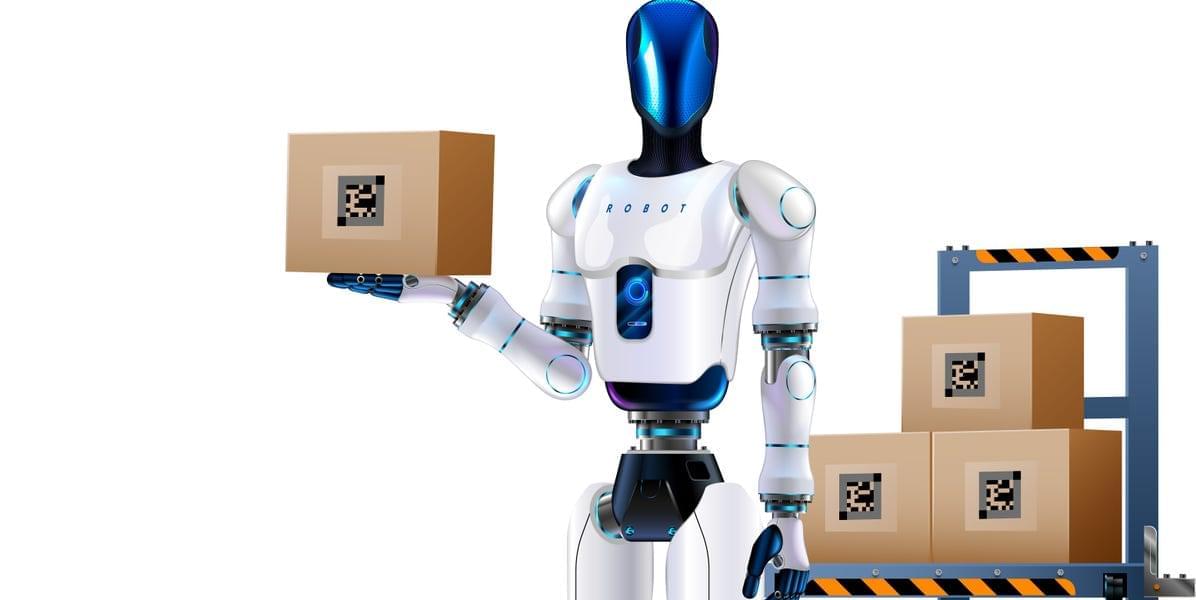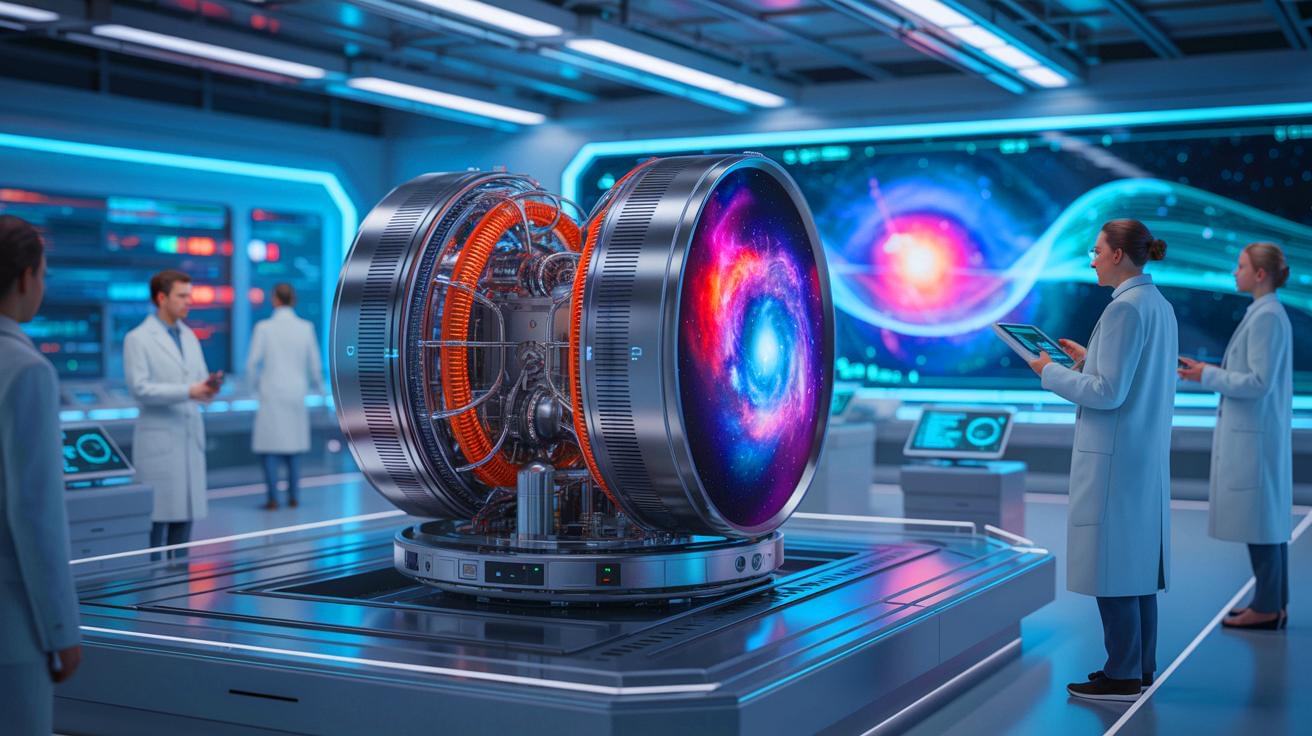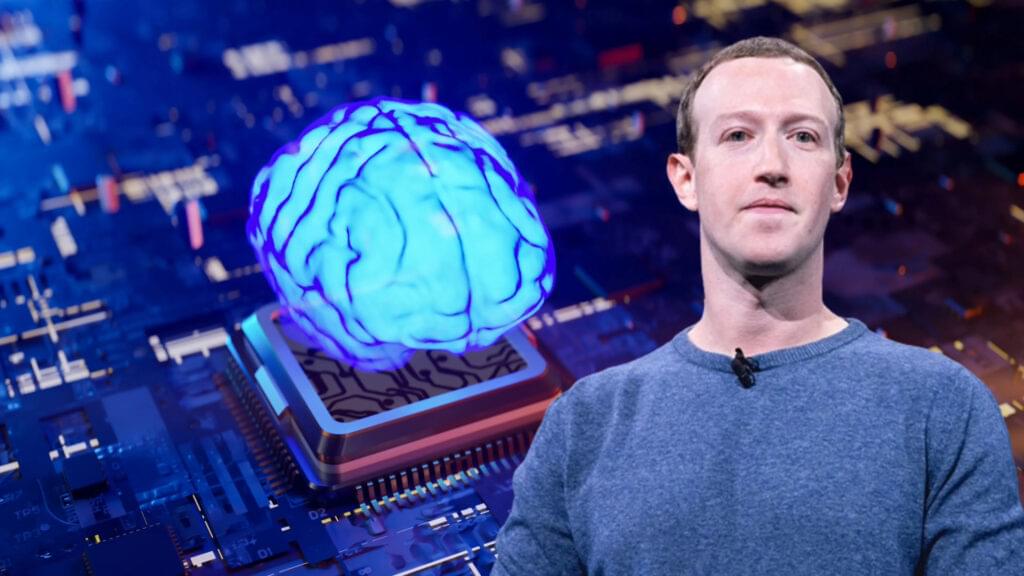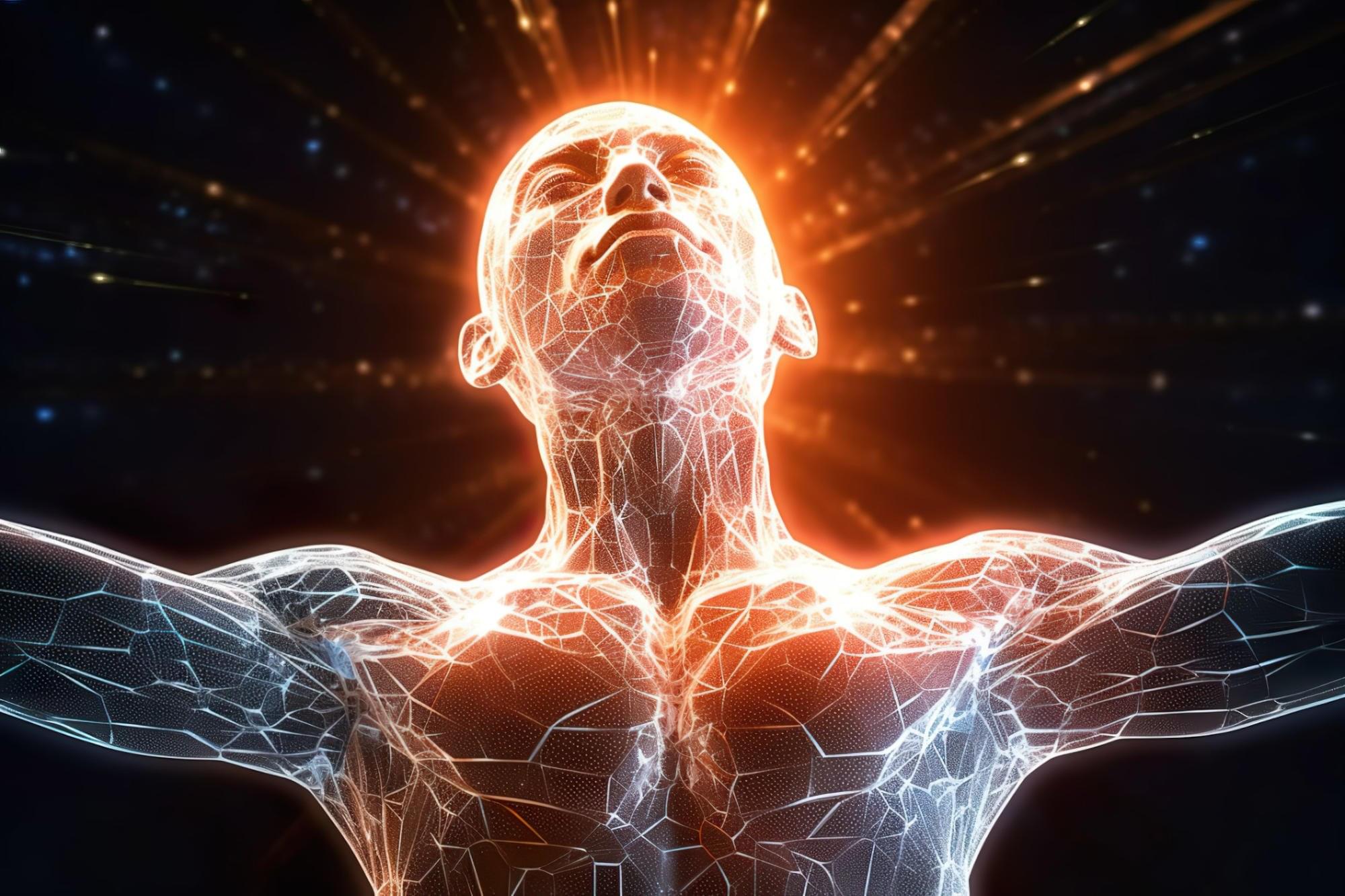Other major players in the humanoid robot space include Tesla, which has Optimus, a 5-foot-8 humanoid robot that can dance, clean, and take out the trash. The company is working to deploy its first fleet in its factories by the year’s end. Boston Dynamics has Atlas, which can run, crawl, break dance, and do cartwheels. Agility Robotics has Digit, which Amazon once tested in its warehouses, though the e-commerce giant now uses its own set of in-house, non-humanoid robots designed by Amazon Robotics.
Many of these humanoid machines move with fluidity, exhibiting a suite of motor skills that allow them to augment the human labor force. Figure says its mission is to “develop general-purpose humanoids that make a positive impact on humanity and create a better life for future generations,” especially ones that can “eliminate the need for unsafe and undesirable jobs — ultimately allowing us to live happier, more purposeful lives.”
The company already has robots mingling with humans at its offices, asking employees if they want water or coffee, or simply patrolling the premises, he said. So, it’s not hard to imagine a time when “you’ll see as many humanoid robots as you see humans,” he said. “It’s literally going to feel like a sci-fi movie.”








